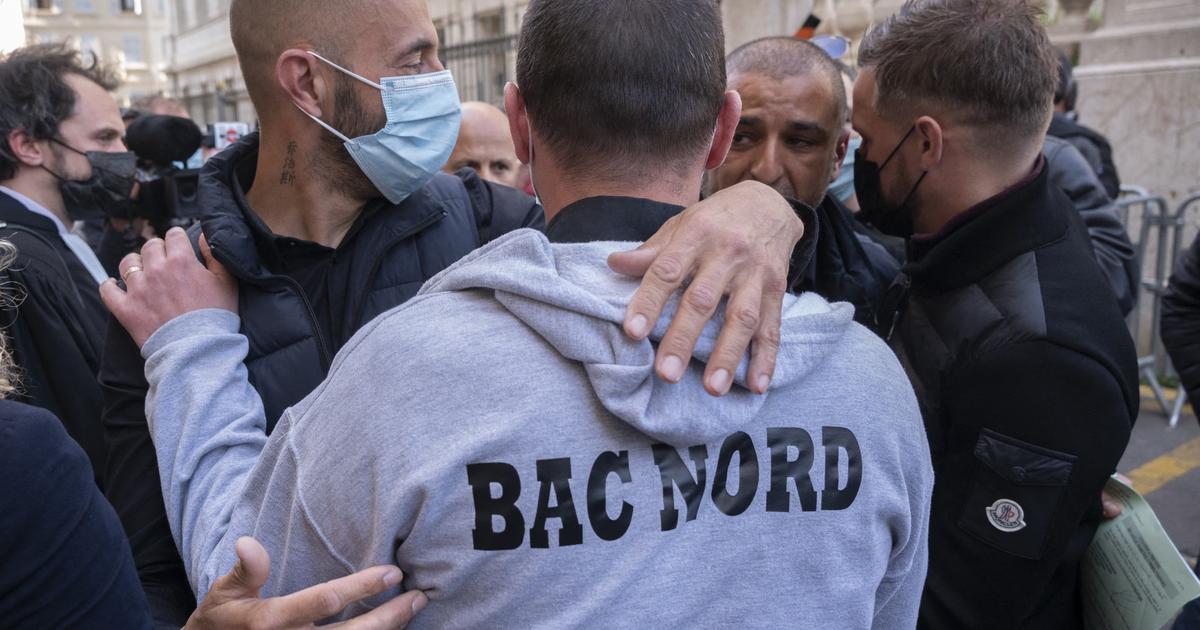Francisco Franco Bahamonte, in a 1970 portrait in the National Library of Spain.
The inventory of 564 assets inside the Pazo de Meirás (Sada, A Coruña) that the State claims from Franco's heirs includes hundreds of documents, books and letters that were in the library and the personal office of the dictator.
They were preserved because Franco wanted it that way, and for that reason they can not only be of great interest for the study of the Civil War and the dictatorship, but also to get, in some way, into his head.
The inventory includes, for example, numerous lists of ex-military and Falangist supporters of what he called "the war of liberation", but also confidential reports on the resistance and writings by institutions and personalities trying to ingratiate themselves with the dictator.
The professor of contemporary history Julián Casanova, asked by this newspaper, assures:
“I have been investigating Franco for 40 years and I would love to see those documents that have been sequestered for so many years.
They are surely relevant and should be investigated, passed to the National Historical Archive and shared with the public.
They are documents of a head of state.
Those of Mussolini or Hitler are already in the archives”.
The Franco Foundation assures that it shared the documents in its possession with the State, but Casanova does not believe it.
"Is a lie.
They haven't all passed.
And if there are documents that we were unaware of in the Pazo de Meirás, imagine the ones that were in El Pardo.
As the State and Franco were confused, they have done what they wanted because, unfortunately, during the Transition no one bothered to protect all that.
These are some of the writings found in the Pazo and that it had not been possible to enumerate in their entirety until now due to the repeated refusals of the Franco to allow access to the property until the justice - the appeal of the Supreme Court is pending - gave its ownership to the State in 2020.
“Cancer Project.
Confidential reports relating to a movement to establish the third republic”.
The document thus titled dates from 1963. It explains that "from Algiers and the Canary Islands" resources were being "channeled from Mexico and countries of the Iron Curtain" to bring down the Regime.
The list of the demand ensures that "it contains maps, plans, press clippings and other complementary materials to the news of the Francoist information service", as well as "details of people".
It also clarifies that the file is in "a poor state of conservation, affected by the fire."
Some sheets cannot be read.
“It would be necessary to see it”, affirms the historian Julián Casanova, “but in those years it has all the appearance of being a report that the police has made exaggerating some seized pamphlet because at that time there was no serious attempt for this.
The last one had been after World War II,
List of adhesions to "the war of liberation".
In the Pazo de Meirás there are up to 45 volumes that collect the list of former soldiers and Falangists who had shown their "adherence to the war of liberation", that is, to the Civil War initiated by the coup d'état in 1936. "Franco dissidents were very concerned”, explains Casanova, “and this documentation can be very interesting”.
"Preliminary study on the possible association of Spain to the Common Market".
The document thus titled dates from 1962. Casanova explains that starting in 1959, “when ministers from Opus Dei entered, they began to try to modernize the Administration, which included greater integration in Europe.
That advanced especially in the early seventies.
Franco didn't care, but the Opus Dei ministers didn't”.
Photographs on the war front.
In Franco's office in the Pazo de Meirás, undated images have also appeared of a visit to the war front, reports of damage caused in different cities during the war, and a "narration by Maximino Vila with stories and allegories of the war and Franco's victory” and “children's allegorical drawings”.
Memories of Franco's justice
.
In "shelf holes in the back left of Franco's office" was found a memoir of the military prosecutors of the Supreme Council of Military Justice" corresponding to the year 1948. The recent discovery of a similar text, the memoir written in 1939 by General Felipe Acedo Colunga, chief prosecutor of the Occupation Army, allowed historians Ángel Viñas, Francisco Espinosa and Guillermo Portilla to carry out an exhaustive analysis of the method used by the Franco regime to twist the law and build an "extermination justice" that was inspired by the Inquisition and in the Nazis.
Relationship with foreign leaders: from Trujillo to Eva Perón.
The inventory of documentary assets that the State Attorney now claims as being of public interest includes the design, in 1947, of the program of events “in honor of the most excellent Eva Duarte de Perón, wife of His Excellency the President of the Argentine Republic on the occasion of his trip to Spain”, specifying a wedding invitation from the Marquises of San Juan de Benavista and the Counts of Vallellano.
Also on the list is the "tactical exercise carried out before Generalissimo Trujillo of the Dominican Republic at the Carabanchel Camp."
Agendas and phone books.
His personal agenda for 1955 has appeared in Franco's office, detailing the times of his meetings and an undated phone book.
“That”, Casanova adds, “interests me a lot: knowing who was really in his court, who organized his day to day.
It is something we know about Stalin, Hitler, Mussolini and not so much about Franco”.
“Reform project of the new Real Madrid stadium”.
This document, which appears undated, was also in Franco's personal office.
The State claims more than 400 documents of this type found in the Pazo de Meirás because it considers them essential to analyze both the figure of Franco and the dictatorship.
Professor Julián Casanova regrets the many writings that have been lost or destroyed from that period and recalls the importance of official documents at any time.
“We have a very recent case with Donald Trump, that in the four years he was president of the United States he took important documentation to his house.
Franco was not four years, but forty”.
Subscribe to continue reading
read without limits
Keep reading
I'm already a subscriber





/cloudfront-eu-central-1.images.arcpublishing.com/prisa/XGPL4VVJANCUHGSVIZQFNBNCRI.JPG)



